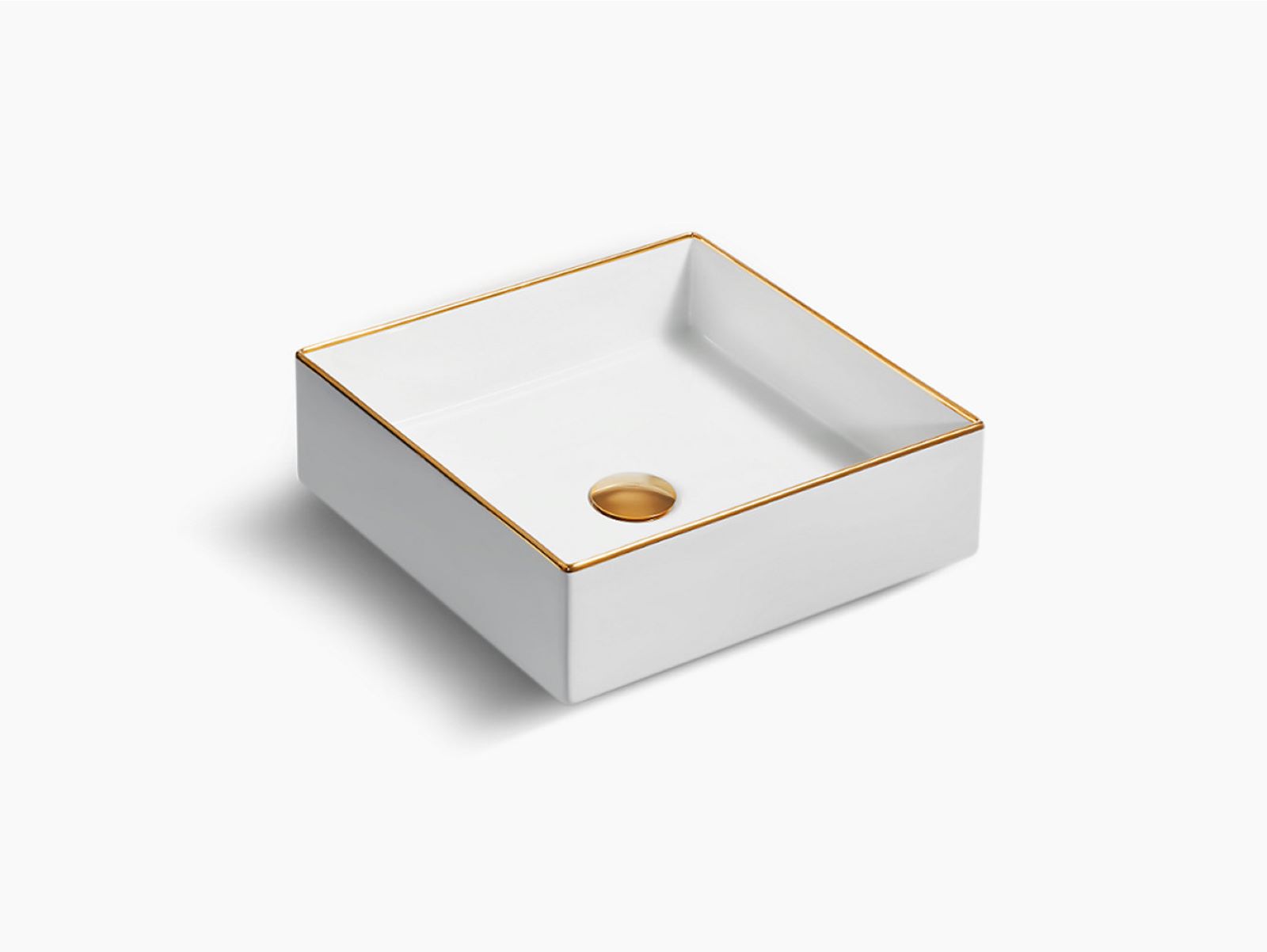
Welcome to this fascinating article where we dive into 20 square facts that are bound to amaze and enlighten you! From the geometric wonder of squares to their various applications in different fields, squares hold a significant place in our world. Whether you’re a math enthusiast, an architecture lover, or simply curious about the wonders of shapes, you’re in for a treat.
In this comprehensive guide, we will explore interesting facts about squares, shedding light on their origins, properties, and unique characteristics. We’ll delve into their relevance in mathematics, art, design, and everyday life. So, get ready to embark on a journey of discovery as we uncover the secrets and beauty behind squares, one of the most fundamental shapes known to humankind.
Key Takeaways:
- Squares are everywhere, from math to art and even board games! They have equal sides and angles, making them super symmetrical and important in many different fields.
- Did you know squares have four lines of symmetry? That means they can be folded into four identical parts. They’re not just shapes, they’re super balanced and visually harmonious!
The Eiffel Tower is located in Paris, France.
Standing tall at 330 meters, the Eiffel Tower is one of the most recognizable landmarks in the world. It was completed in 1889 and has become a symbol of the city of love.
Pi is a mathematical constant that represents the ratio of a circle’s circumference to its diameter.
This irrational number, approximately equal to 3.14159, has fascinated mathematicians for centuries. It plays a fundamental role in geometry, trigonometry, and many other mathematical disciplines.
The Great Wall of China is over 13,000 miles long.
This ancient architectural marvel stretches across northern China and is an extraordinary testament to human engineering and perseverance. It was built to protect the Chinese empire from invasions and remains a popular tourist destination today.
Squares have equal sides and angles.
All four sides of a square are of equal length, and its four angles are 90 degrees each. This symmetry gives squares a unique shape and makes them a fundamental figure in geometry.
The Square of Opposition is a diagram used in categorical logic.
Developed by Aristotle, the Square of Opposition represents the relationships between different types of categorical propositions. It consists of four cells, each representing a different type of logical relation.
The game of chess is played on a square board.
Chess is a strategic board game that is played on a checkered 8×8 square board. It has been enjoyed by millions around the world for centuries and is renowned for its complexity and intellectual challenge.
A perfect square is an integer that can be expressed as the square of another integer.
For example, 9 is a perfect square because it can be expressed as 3^Perfect squares have an interesting mathematical property and are widely studied in number theory.
The Square and Compasses symbol is commonly associated with Freemasonry.
This symbol, consisting of a square and compasses intersecting each other, is a widely recognized emblem of Freemasonry. It represents morality, ethics, and the pursuit of knowledge.
The Liberty Bell is housed in Philadelphia’s Liberty Bell Center.
This iconic symbol of American independence is famous for its crack and its connection to the American Revolutionary War. It is located in the Liberty Bell Center at the heart of Philadelphia.
Quadratic equations often have two solutions.
A quadratic equation is a second-degree polynomial equation of the form ax^2 + bx + c = 0, where a is not equal to Depending on the values of its coefficients, it can have two solutions, one solution, or no real solutions at all.
The Red Square is a prominent square in Moscow, Russia.
Surrounded by significant landmarks such as the Kremlin, the State Historical Museum, and Saint Basil’s Cathedral, Red Square is a UNESCO World Heritage Site and a major tourist attraction.
Squares are commonly used in design and architecture.
The square’s symmetrical shape and balanced proportions make it a popular choice in various design disciplines. From buildings to graphic design, the square is often utilized for its aesthetic appeal and sense of stability.
Square roots are the inverse operation of squaring.
To find the square root of a number, you have to determine the value that, when squared, equals the original number. For example, the square root of 25 is 5, since 5^2 = 25.
The Times Square Ball Drop is a famous New Year’s Eve tradition.
Every year, millions gather in New York City’s Times Square to witness the iconic ball drop at midnight on New Year’s Eve. This historic event marks the beginning of the new year with festivities and celebrations.
Squares have four lines of symmetry.
When folded along its diagonals and vertical and horizontal axes, a square can be divided into four identical parts. These lines of symmetry contribute to the square’s balance and visual harmony.
Square dancing is a traditional American dance form.
Originating from European folk dances, square dancing became popular in the United States during the 19th century. It involves four couples arranged in a square formation, performing a sequence of calls and movements.
The famous painting “The Birth of Venus” by Sandro Botticelli features a square composition.
This iconic Renaissance artwork depicts the goddess Venus emerging from the sea on a seashell. The painting’s composition follows the principles of square and rectangular proportions, creating a harmonious and balanced aesthetic.
The Seattle Space Needle has an observation deck shaped like a square.
This iconic landmark in Seattle, Washington, offers panoramic views from its observation deck located at a height of 520 feet. The deck features a unique rotating restaurant and is shaped like a square to maximize the viewing experience.
Square knots are commonly used in various forms of crafts and knot tying.
A square knot, also known as a reef knot, is a simple binding knot that is widely utilized in activities like knitting, macrame, and sailmaking. Its symmetrical structure ensures a secure and reliable hold.
Squares are found in many board games, such as tic-tac-toe and checkers.
These classic board games are played on square grids. Tic-tac-toe involves trying to get three symbols in a row, either horizontally, vertically, or diagonally, while checkers involves capturing the opponent’s pieces by moving them diagonally on the square board.
Conclusion
In conclusion, these 20 square facts offer a fascinating glimpse into the world of squares. From their mathematical properties to their historical significance, squares are more than just simple shapes. They have a rich cultural and scientific legacy that continues to captivate researchers, designers, and artists alike.
Whether you’re an avid mathematician or simply intrigued by intriguing shapes, exploring the intricacies of squares can be both enlightening and entertaining. So next time you come across a square, take a moment to appreciate its symmetry, balance, and profound connection to the world around us.
By delving into the world of squares, we gain a deeper appreciation for the beauty and complexity of mathematics and the impact it has on our everyday lives.
FAQs
1. What is a square?
A square is a four-sided polygon with equal sides and four right angles.
2. What is the formula to find the area of a square?
The area of a square can be calculated by multiplying the length of one side by itself (side x side) or by using the formula A = s².
3. How does a square differ from a rectangle?
A square is a special type of rectangle where all sides are equal in length, whereas a rectangle can have sides of different lengths.
4. What are some real-life examples of squares?
Some common examples of squares in everyday life include a chessboard, a picture frame, a computer screen, and square-shaped tiles.
5. Can a square have diagonals of different lengths?
No, the diagonals of a square are always equal in length and intersect at right angles.
6. Are all squares also rectangles?
Yes, all squares are rectangles, but not all rectangles are squares.
7. What is the significance of squares in art and design?
Squares are often used in art and design to convey a sense of stability, balance, and harmony. They are also found in architectural structures and geometric patterns.
8. How are squares used in mathematics?
Squares play a crucial role in various mathematical concepts, including geometry, algebra, and calculus. They are used to solve equations, calculate areas, and model real-world phenomena.
9. Can a square have a fractional side length?
Yes, squares can have fractional side lengths, as long as the sides maintain equal measurements and exhibit right angles.
10. How do squares relate to the Pythagorean theorem?
Squares are integral to the proof of the Pythagorean theorem, which states that in a right-angled triangle, the square of the hypotenuse is equal to the sum of the squares of the other two sides.
Was this page helpful?
Our commitment to delivering trustworthy and engaging content is at the heart of what we do. Each fact on our site is contributed by real users like you, bringing a wealth of diverse insights and information. To ensure the highest standards of accuracy and reliability, our dedicated editors meticulously review each submission. This process guarantees that the facts we share are not only fascinating but also credible. Trust in our commitment to quality and authenticity as you explore and learn with us.


